The Religiosity of Adolescents and Young Adults in Malta: Tracing Trajectories
Abstract
1. Introduction
2. Charting the Territory: Belief, Religion and Spirituality
2.1. Deconversion Trajectories as Migrations in the Religious Field
2.2. The Psychological Perspective: Conceptualization of Meaning and Purpose
3. Research Questions
- The central focus of this study was to explore how this group of adolescents and young adults position themselves on the MAPS questionnaire regarding religious belief, understood as a meaning-making mode, and how it correlates with the construct of meaningfulness and with the other subscales.
- Secondly, through a series of contrasts between the MAPS questionnaire and other demographic variables, we aimed to explore any significant connections that could shed more light on the nature of religious belief specific to this population.
- Thirdly, presuming that there are people who exit from religion, we sought to investigate them by applying the categories and parameters of the deconversion theory through the use of the ADS.
- Fourthly, through a series of contrasts between the ADS and other variables, we aimed to explore the category of exiters in depth, to understand their reasons for leaving their religion, and to establish their current standing with regards to existential issues.
4. Methodology
4.1. The Questionnaire
4.2. The Instruments
4.2.1. The Meaning and Purpose Scales (MAPS)
4.2.2. The Adolescent Deconversion Scale (ADS)
4.2.3. Retrospective Analysis of Religiosity (RAR)
5. Findings
5.1. Demographic Information
5.2. The Results of the Meaning and Purpose Scales (MAPS)
Reliability Statistics for MAPS
5.3. The Results of the Adolescent Deconversion Scale (ADS)
Reliability Statistics for ADS
5.4. Exit Routes
5.5. The Results of the Retrospective Analysis of Religiosity (RAR)
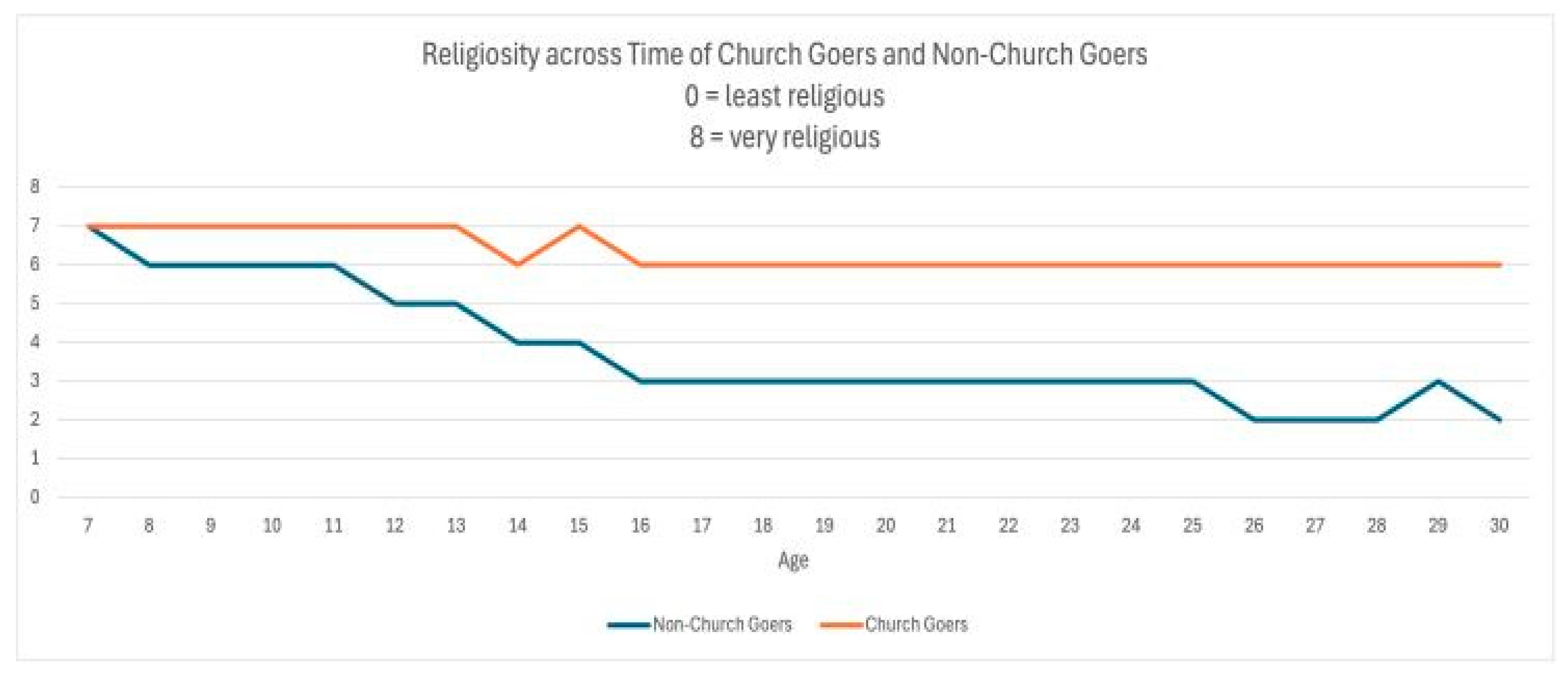
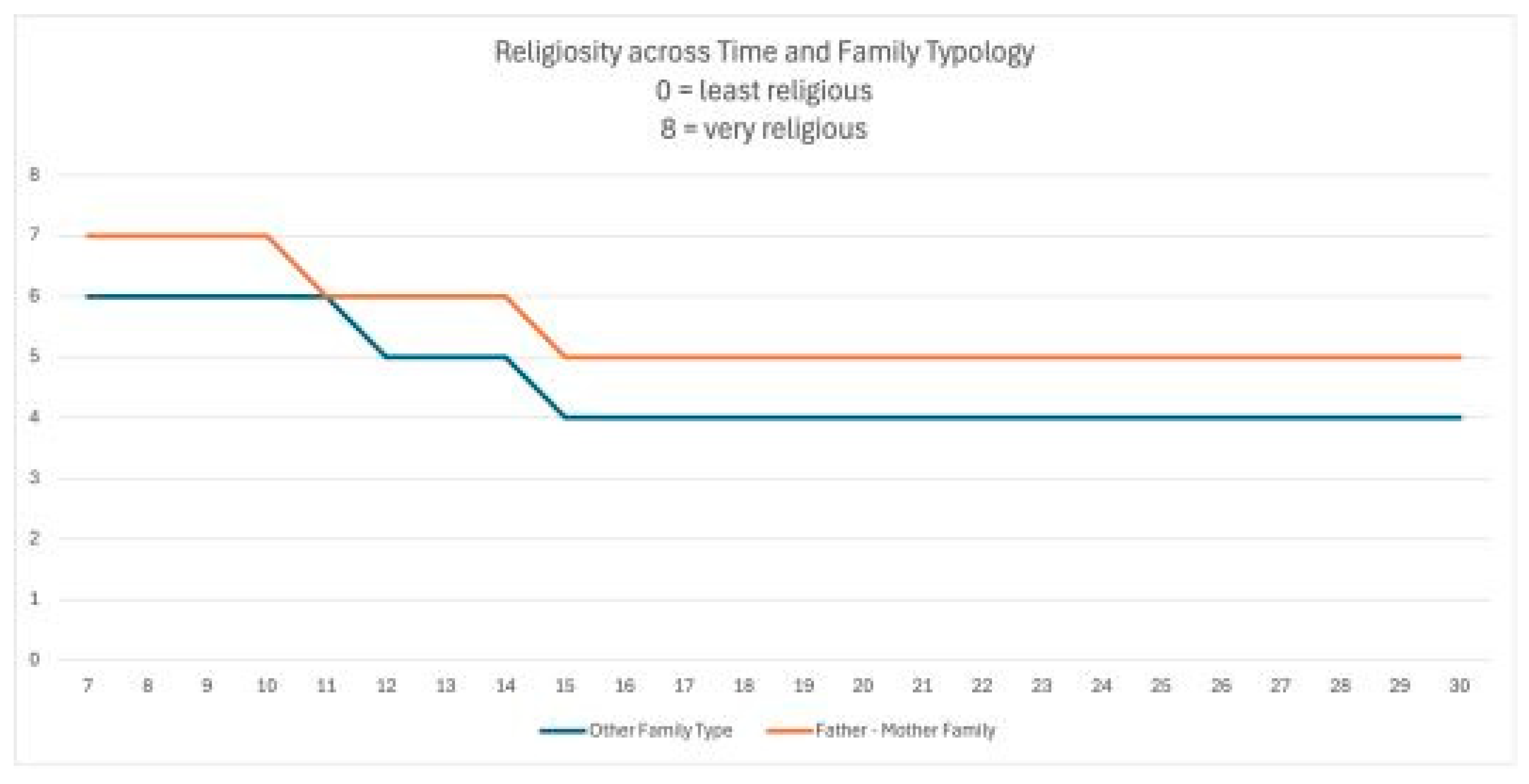

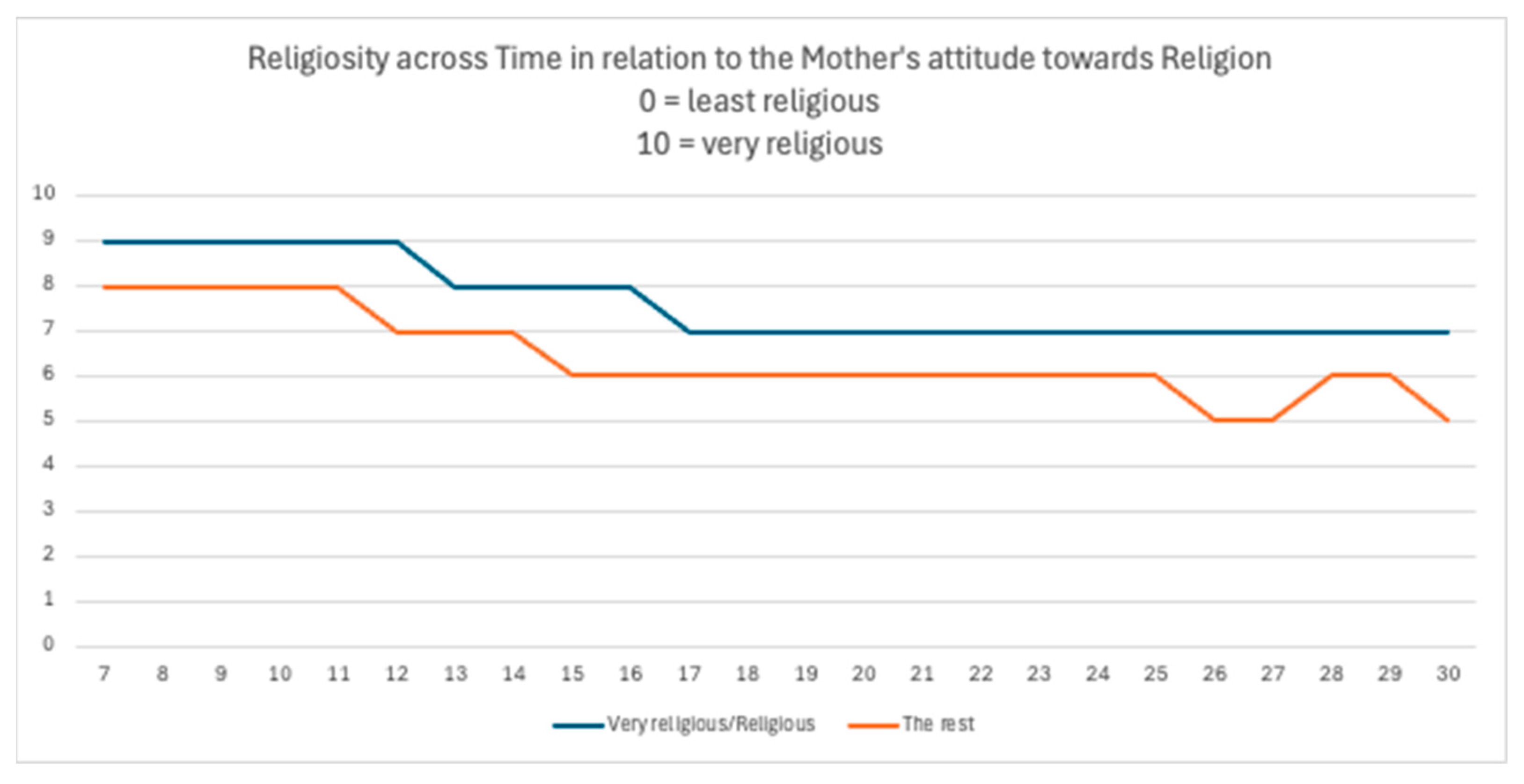

6. Discussion
7. Conclusions
Author Contributions
Funding
Institutional Review Board Statement
Informed Consent Statement
Data Availability Statement
Acknowledgments
Conflicts of Interest
| 1 | With acknowledgment to Prof. Liberato Camilleri of the Department of Statistics and Operations Research of the University of Malta, who assisted this project in the elaboration of the statistical data. |
| 2 | Some of the 10 questions in this section were adopted from the studies of Nowosielski and Bartczuk (2023). |
References
- Arnett Jensen, Jeffrey, and Lene Arnett Jensen. 2002. A congregation of one: Individualized religious beliefs among emerging adults. Journal of Adolescent Research 17: 451–67. [Google Scholar]
- Bengtson, Vern L., Merril Silverstein, Norella M. Putney, and Susan C. Harris. 2015. Does religiousness increase with age? Age changes and generational differences over 35 years. Journal for the Scientific Study of Religion 54: 363–79. [Google Scholar]
- Centre for Applied Research in the Apostolate (CARA). 2024. Nineteen Sixty-Four. World Values Survey Wave 7 (2017–2022). Available online: https://nineteensixty-four.blogspot.com/2024/ (accessed on 11 November 2024).
- Galea, Paul, Pauline Dimech, Adrian-Mario Gellel, Kevin Schembri, and Carl-Mario Sultana. 2023. The effects of the COVID-19 pandemic: Religion and spirituality during these challenging times. Melita Theologica 73: 127–147. [Google Scholar]
- Hardy, Sam A., and Emily M. Taylor. 2014. Religious deconversion in adolescence and young adulthood: A literature review. Archive for the Psychology of Religion 46: 180–203. [Google Scholar]
- Hardy, Sam A., and Emily M. Taylor. 2024. The past, present, and future of research on religious and spiritual development in adolescence, young adulthood, and beyond. Archive for the Psychology of Religion 46: 109–20. [Google Scholar] [CrossRef]
- Hardy, Sam A., and Gregory S. Longo. 2021. Developmental perspectives on youth religious non-affiliation. In Empty Churches: Non-Affiliation in America. New York: Oxford University Press, pp. 135–71. [Google Scholar]
- Hardy, Sam A., Dorian Hatch, Jenae M. Nelson, and Philip Schwadel. 2022. Family religiousness, peer religiousness, and religious community supportiveness as developmental contexts of adolescent and young adult religiousness deidentification. Research in Human Development 19: 19–40. [Google Scholar] [CrossRef]
- Hardy, Sam A., Jenae M. Nelson, Joseph P. Moore, and Pamela Ebstyne King. 2019. Processes of religious and spiritual influence in adolescence: A systematic review of 30 years of research. Journal of Research on Adolescence 29: 254–75. [Google Scholar] [CrossRef] [PubMed]
- Lapsley, Daniel K, and Darcia Narvez. 2013. Moral Development, Self, and Identity. Mahwah: Psychology Press. [Google Scholar] [CrossRef]
- Lee, Bo Hyeong Jane, Lisa D. Pearce, and Kristen M. Schorpp. 2017. Religious pathways from adolescence to adulthood. Journal for the Scientific Study of Religion 56: 678–89. [Google Scholar] [CrossRef] [PubMed]
- Luckmann, Thomas. 2022. The Invisible Religion: The Problem of Religion in Modern Society. New York and London: Routledge. [Google Scholar]
- Łysiak, Małgorzata, Beata Zarzycka, and Małgorzata Puchalska-Wasyl. 2020. Deconversion processes in adolescence—The role of parental and peer factors. Religions 11: 664. [Google Scholar] [CrossRef]
- Meisner Hertz, Joachin. 2024. Germany: Study Shows That Young Muslims Believe More in God Than Catholics. October 18. Available online: https://zenit.org/2024/10/18/germany-study-shows-that-young-muslims-believe-more-in-god-than-catholics/ (accessed on 11 November 2024).
- Melissa, Chan, Kim M. Tsai, and Andrew J. Fuligni. 2015. Changes in religiosity across the transition to young adulthood. Journal of Youth and Adolescence 44: 1555–66. [Google Scholar]
- Nowosielski, Mirosław, and Rafał P. Bartczuk. 2019. Psychometric validation of the adolescent deconversion scale. Przegląd Psychologiczny 62: 355–99. [Google Scholar]
- Nowosielski, Mirosław, and Rafał P. Bartczuk. 2023. ADS v. 20230310, Unpublished manuscript.
- Paloutzian, Raymond F. 2017. Invitation to the Psychology of Religion. New York and London: Guilford Publications. [Google Scholar]
- Paloutzian, Raymond F., and Crystal L. Park. 2013. Handbook of the Psychology of Religion and Spirituality. New York and London: Guilford Publications. [Google Scholar]
- Pew Research Centre. 2020. Pew Research Centre. September 10. Available online: https://www.pewresearch.org/religion/2020/09/10/u-s-teens-take-after-their-parents-religiously-attend-services-together-and-enjoy-family-rituals/ (accessed on 10 November 2024).
- Płużek, Zenomena. 2002. Psychologia Pastoralna [Pastoral Psychology]. Cracow: Instytut Teologiczny Księży Misjonarzy. [Google Scholar]
- Rydz, Elżbieta. 2014. Development of religiousness in young adults. In Functioning of Young Adults in a Changing World. Edited by Katarzyna Adamczyk and Monika Wysota. Krakow: Wydawnictwo LIBRON—Filip Lohner, pp. 67–84. [Google Scholar]
- Saroglou, Vassilis. 2011. Believing, bonding, behaving, and belonging: The big four religious dimensions and cultural variation. Journal of Cross-Cultural Psychology 42: 1329–40. [Google Scholar]
- Schnell, Tatjana. 2009. The sources of meaning and meaning in life questionnaire (SoMe): Relations to demographics and well-being. The Journal of Positive Psychology 4: 483–99. [Google Scholar]
- Schnell, Tatjana, and Lars Johan Danbolt. 2023. The meaning and purpose scales (MAPS): Development and multi-study validation of short measures of meaningfulness, crisis of meaning, and sources of purpose. BMC Psychology 11: 304. [Google Scholar] [CrossRef] [PubMed]
- Seitz, Rüdiger J., and Hans-Ferdinand Angel. 2015. Psychology of religion and spirituality: Meaning-making and processes of believing. Religion, Brain and Behavior 5: 139–47. [Google Scholar]
- Silverstein, Merril, and Vern L. Bengston. 2018. Return to religion? Predictors of religious change among babyboomers in their transition to later life. Journal of Population Ageing 11: 7–21. [Google Scholar] [PubMed]
- Streib, Heinz, Christopher F. Silver, Rosina-Martha Csöff, Barbara Keller, and Ralph W. Hood. 2009. Deconversion: Qualitative and Quantitative Results from Cross-Cultural Research in Germany and the United States of America. Göttingen: Vandenhoeck and Ruprecht. [Google Scholar]
- Uecker, Jeremy, Mark D. Regnerus, and Margaret L. Vaaler. 2007. Losing my religion: The social sources of religious decline in early adulthood. Social Forces 85: 1667–92. [Google Scholar]
- Van Tongeren, Daryl R. 2024. Done: How Much to Flourish After Leaving Religion. Washington, DC: American Psychological Association. [Google Scholar]

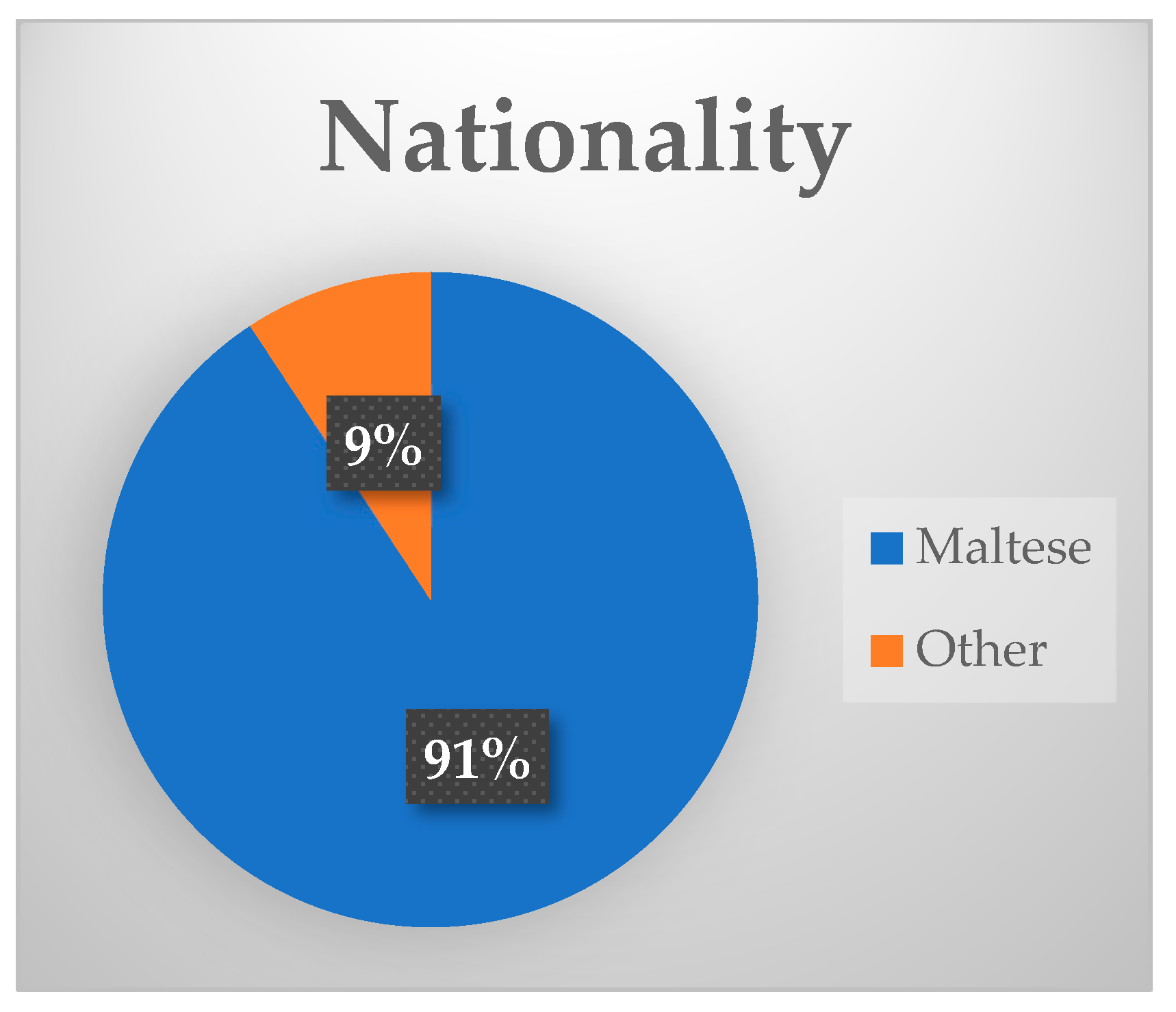

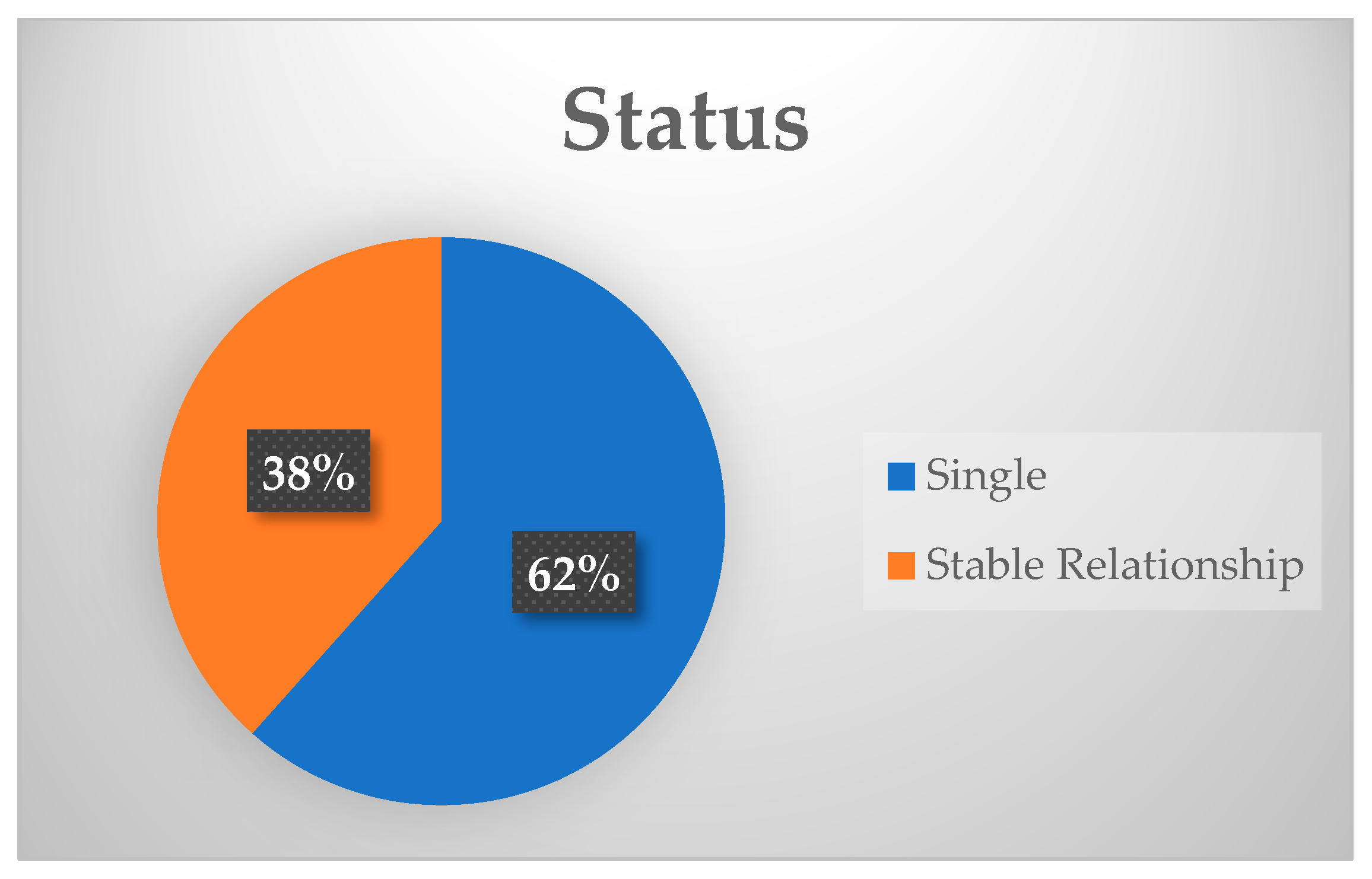
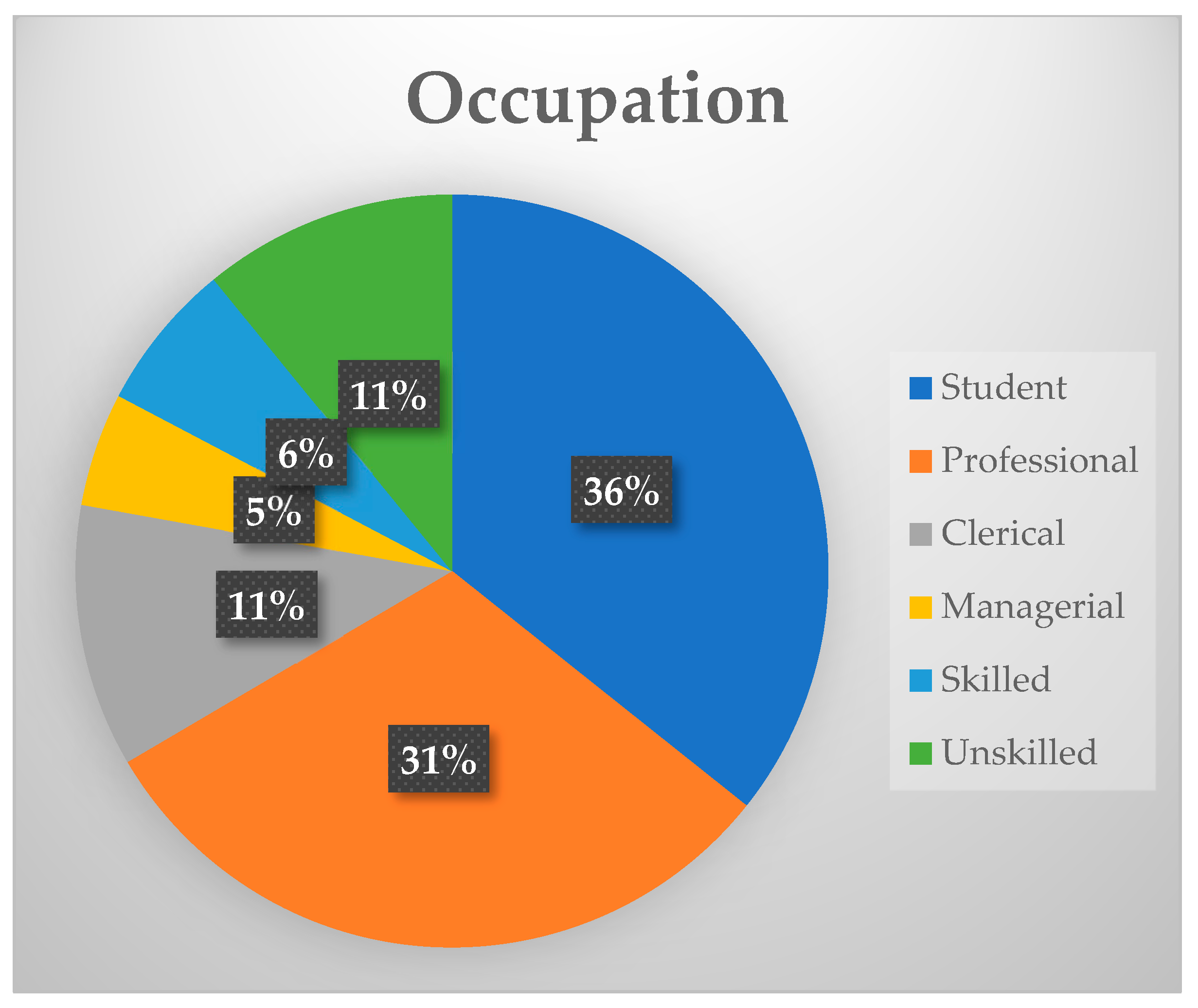

| Meaningfulness | Crisis of Meaning | Sustainability | Faith | Security | Community | Personal Growth | |
|---|---|---|---|---|---|---|---|
| Meaningfulness | 1 | ||||||
| Crisis of Meaning | −0.69 *** | 1 | |||||
| Sustainability | 0.31 *** | −0.13 | 1 | ||||
| Faith | 0.19 *** | −0.06 | 0.13 | 1 | |||
| Security | 0.08 | −0.03 | 0.16 | 0.22 *** | 1 | ||
| Community | 0.31 *** | −0.14 | 0.29 *** | 0.20 *** | 0.19 ** | 1 | |
| Personal Growth | 0.48 *** | −0.29 *** | 0.33 *** | 0.12 | 0.18 ** | 0.34 *** | 1 |
| Withdrawal from the Community | Abandoning Faith | Moral Criticism | Transcendental Emptiness | Deconversion Behaviors | |
|---|---|---|---|---|---|
| Withdrawal from the Community | 1 | ||||
| Abandoning Faith | 0.81 *** | 1 | |||
| Moral Criticism | 0.78 *** | 0.83 *** | 1 | ||
| Transcendental Emptiness Experience | 0.66 *** | 0.68 *** | 0.66 *** | 1 | |
| Deconversion Behaviors | 0.87 *** | 0.74 *** | 0.72 *** | 0.63 *** | 1 |
| Construct | Institutional Dissatisfaction: | N | % |
| Left because of the scandals of its leaders | 103 | 36% | |
| Personal Quest: | |||
| Joined radical group | 30 | 10% | |
| Left under peer influence | 46 | 16% | |
| Left because of lack of relief | 77 | 27% | |
| Were at peace with themselves | 95 | 33% | |
| Do not exclude coming back | 93 | 32% | |
| Average | 68 | 24% | |
| Demography | |||
| Baptized as Catholics | 262 | 91% | |
| Self-Identify as Catholics | 185 | 64% | |
| Discrepancy | 77 | 27% | |
| Global Average | 79 | 29% |
Disclaimer/Publisher’s Note: The statements, opinions and data contained in all publications are solely those of the individual author(s) and contributor(s) and not of MDPI and/or the editor(s). MDPI and/or the editor(s) disclaim responsibility for any injury to people or property resulting from any ideas, methods, instructions or products referred to in the content. |
© 2025 by the authors. Licensee MDPI, Basel, Switzerland. This article is an open access article distributed under the terms and conditions of the Creative Commons Attribution (CC BY) license (https://creativecommons.org/licenses/by/4.0/).
Share and Cite
Galea, P.; Sultana, C.-M. The Religiosity of Adolescents and Young Adults in Malta: Tracing Trajectories. Religions 2025, 16, 426. https://doi.org/10.3390/rel16040426
Galea P, Sultana C-M. The Religiosity of Adolescents and Young Adults in Malta: Tracing Trajectories. Religions. 2025; 16(4):426. https://doi.org/10.3390/rel16040426
Chicago/Turabian StyleGalea, Paul, and Carl-Mario Sultana. 2025. "The Religiosity of Adolescents and Young Adults in Malta: Tracing Trajectories" Religions 16, no. 4: 426. https://doi.org/10.3390/rel16040426
APA StyleGalea, P., & Sultana, C.-M. (2025). The Religiosity of Adolescents and Young Adults in Malta: Tracing Trajectories. Religions, 16(4), 426. https://doi.org/10.3390/rel16040426







